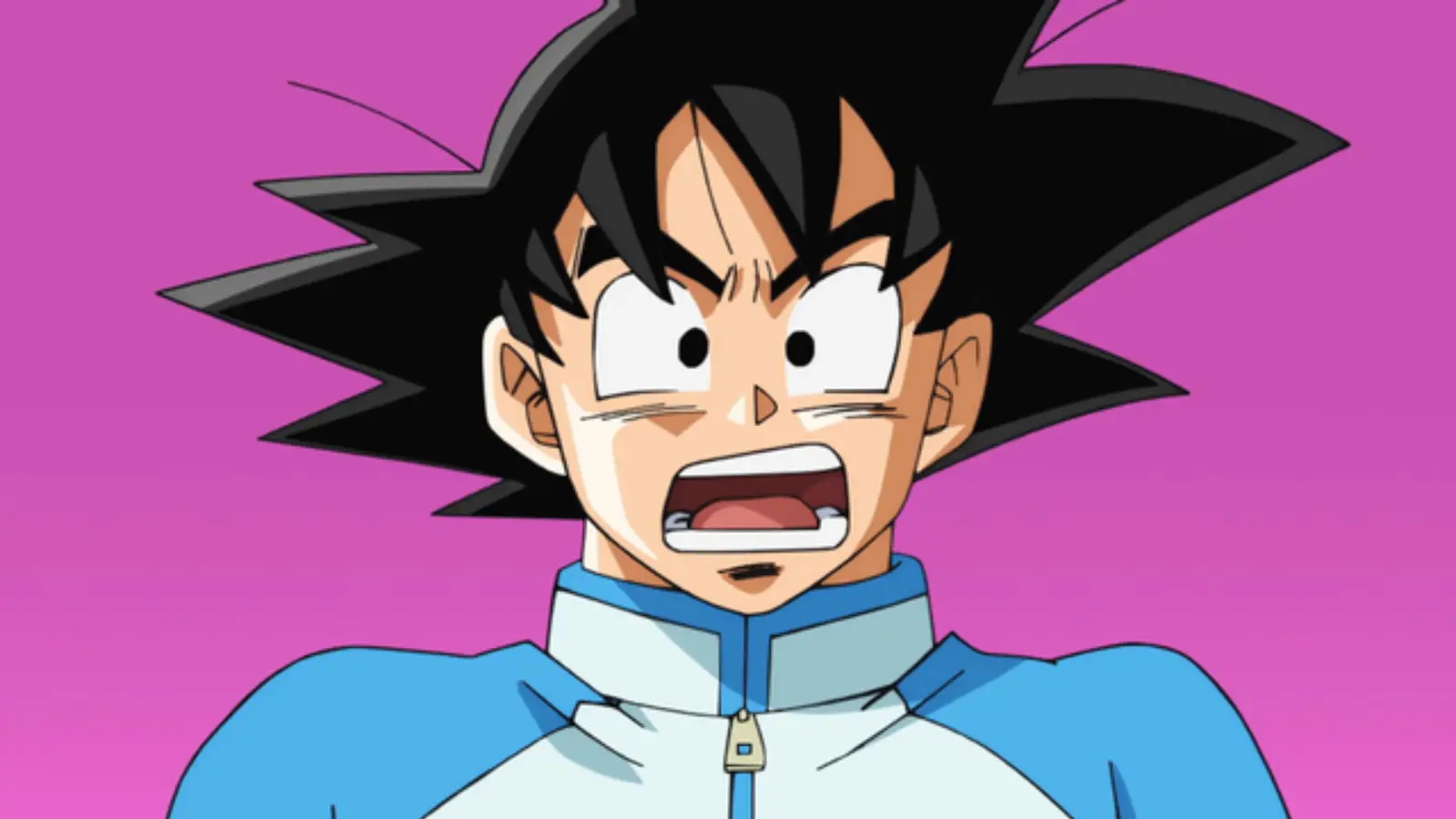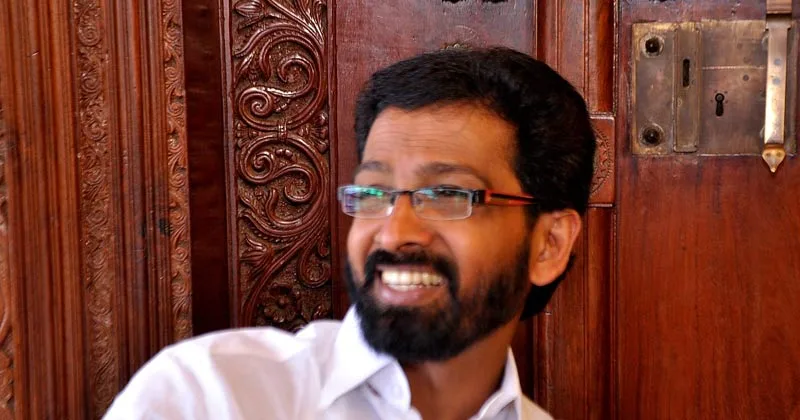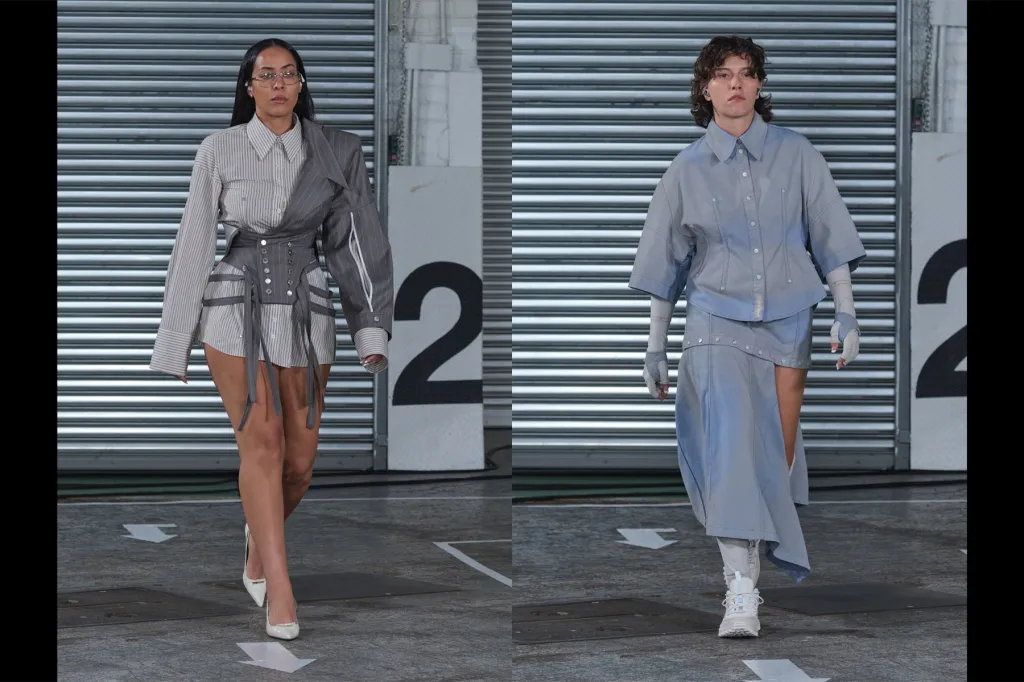
Few anime series have shaped the medium like Dragon Ball. Akira Toriyama’s saga of Goku and his companions set the standard for shōnen battles, globalized anime in the late 1980s and ’90s, and continues to inspire new generations. However, while Dragon Ball’s impact is undeniable, other anime have arguably exerted broader or deeper influence on anime as an art form, industry, and cultural phenomenon.
Some of these series redefined storytelling structures, expanded anime’s audience beyond traditional demographics, or set technical benchmarks still admired today. Others tackled mature subjects, changed how anime was marketed worldwide, or sparked new waves of global fandom. To understand anime’s evolution, it is important to look beyond Dragon Ball. Here are ten anime that, in their own ways, may be even more influential.
Neon Genesis Evangelion
When Neon Genesis Evangelion aired in 1995, it revolutionized mecha anime by turning familiar tropes into something profoundly psychological. While earlier mecha shows emphasized robot battles, Evangelion layered in trauma, depression, and philosophical questioning. Its characters were not flawless heroes, they were fragile, broken individuals. This shift helped normalize more complex, flawed protagonists across the medium.
Beyond narrative, Evangelion reshaped the anime business model. The franchise pioneered aggressive merchandising, from toys to clothing, which generated massive profits and sustained its cultural presence. Today’s multimedia anime franchises owe much to Evangelion’s blueprint. Its stylistic choices and willingness to confront uncomfortable themes remain a major influence on anime creators globally.
A Silent Voice
Released in 2016, A Silent Voice demonstrated anime’s potential for emotionally resonant storytelling far beyond action-packed battles. The film tackled bullying, disability, guilt, and redemption with raw honesty, appealing not only to anime fans but also to mainstream audiences unfamiliar with the medium. It proved that anime could convey deeply human struggles with sensitivity and artistry.
Critically, A Silent Voice helped push anime films into global award circuits, paving the way for later works like Weathering With You and Suzume. Its success strengthened the argument that anime can be both entertainment and art cinema. By broadening anime’s cultural credibility, A Silent Voice influenced how future projects would approach serious subject matter.
Bleach
Bleach arrived during the early 2000s anime boom, alongside Naruto and One Piece, and helped redefine the shōnen formula for modern audiences. Its stylish blend of supernatural themes, sword battles, and distinct character designs gave it a unique edge. Ichigo Kurosaki’s dual life as a Soul Reaper echoed themes of identity and responsibility that resonated with younger viewers worldwide.
The anime also had a significant cultural footprint outside Japan. Its fashionable character designs and opening themes introduced J-rock to international audiences, merging anime with broader pop culture trends. While sometimes overshadowed by its peers, Bleach influenced the aesthetics of later shōnen titles and showed how style could be as impactful as substance.
Mobile Suit Gundam
Debuting in 1979, Mobile Suit Gundam did not just popularize giant robots, it redefined them. Unlike earlier “super robot” shows, Gundam introduced the “real robot” genre, emphasizing military realism, political intrigue, and human costs of war. It transformed anime from light entertainment into a vehicle for deeper socio-political commentary.
Equally influential was its role in merchandising. The Gunpla model kit phenomenon became one of the most profitable cross-media strategies in anime history, ensuring Gundam’s longevity. Many modern anime franchises, whether mecha-based or not, borrowed this formula of blending narrative with collectable tie-ins. Mobile Suit Gundam remains a cornerstone of how anime balances art, commerce, and fandom.
Naruto
Few anime series rival Naruto in terms of international impact. Debuting in the early 2000s, it was one of the gateway titles that introduced Western audiences to long-form shōnen storytelling. Its blend of martial arts, ninja mythology, and heartfelt character arcs created a global fandom that rivaled even Dragon Ball.
Its legacy extends beyond story and characters. Naruto helped normalize binge-watching and online anime communities, as fans consumed hundreds of episodes and filled forums with theories and fan works. Later anime benefited from the massive infrastructure of global fandom Naruto helped build, proving anime could sustain international passion for years.
Sailor Moon
In the 1990s, Sailor Moon redefined what a shojo anime could be. Combining magical girl elements with action-driven storylines, it broadened anime’s demographic reach. Usagi Tsukino and her fellow Sailor Guardians were not just idols of fashion and friendship, they were action heroes saving the world. This fusion created a template for future anime targeting diverse audiences.
The show’s influence spread far beyond Japan. It became a pop culture icon in North America and Europe, inspiring a generation of fans and future creators. From queer representation to team-based superhero storytelling, Sailor Moon’s DNA runs through countless anime and even Western media franchises like Steven Universe.
Fullmetal Alchemist: Brotherhood
Fullmetal Alchemist: Brotherhood remains a benchmark in anime history. Adapting Hiromu Arakawa’s manga faithfully, it offered a complex narrative of sacrifice, morality, and ambition while balancing action and philosophy. The Elric brothers’ quest to restore their bodies became a universal allegory for loss and resilience, elevating anime as serious narrative art.
Beyond story, Brotherhood set production standards for pacing and adaptation. Its success reinforced the importance of aligning anime with completed manga, ensuring coherent and satisfying narratives. Future studios took cues from this approach, prioritizing quality storytelling over filler-heavy runs. In many ways, it raised the bar for all adaptations that followed.
Jujutsu Kaisen
Though still relatively new, Jujutsu Kaisen has already made waves. Its choreography, fluid animation, and visceral battles raised the technical standard for modern shōnen anime. The Kyoto Goodwill Event arc and Shibuya Incident arc in particular showcased a level of visual dynamism rarely seen in serialized anime.
Beyond visuals, Jujutsu Kaisen updates classic shōnen archetypes with contemporary sensibilities. Yuji Itadori, Megumi Fushiguro, and Nobara Kugisaki reflect a more nuanced approach to teamwork and gender roles. Its international popularity demonstrates anime’s continued growth in the streaming era, solidifying its position as a flagship series for the 2020s.
One Piece
One Piece has become a cultural monolith since its debut in 1997. Eiichiro Oda’s pirate epic is not just about treasure hunting, it is about freedom, dreams, and found family. Its longevity and consistent quality have made it one of the most beloved and influential anime worldwide.
Its influence lies in scope. With over a thousand episodes and a sprawling world, One Piece redefined what long-form storytelling could accomplish. It showed that anime could sustain audience engagement for decades while still delivering emotional resonance. Its impact is so great that it shapes expectations for every shōnen series that follows.
Demon Slayer
Demon Slayer arrived in 2019 and quickly became a global phenomenon. While its story of sibling bonds and demon-slaying is not revolutionary, its breathtaking visuals set a new standard. Ufotable’s animation techniques, blending traditional artistry with digital technology, raised expectations for cinematic quality in serialized anime.



